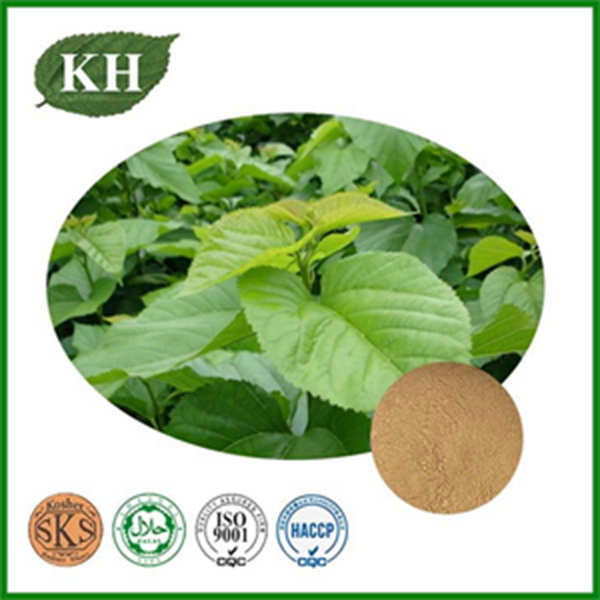DNJ: Mulberry extract can reasonably "control blood sugar" and is the benefit of hyperglycemia
2022.09.08
Mulberry leaf effect
The polyhydroxy alkaloids contained in mulberry leaves have a good hypoglycemic effect. Among them, 1-deoxynojirimycin (DNJ) is an important component of polyhydroxy alkaloids in mulberry leaves, which is equivalent to glycosidase inhibitors and can effectively control meals.

Although DNJ is widely present in various tissues of mulberry trees, but the content of leaves is the highest, the content of DNJ varies greatly due to factors such as mulberry species, picking time, and growth environment.
Mulberry species: edible vegetable mulberry leaf
The industrialized mulberry varieties include silkworm mulberry, fruit mulberry, fodder mulberry leaf (also called protein mulberry leaf), and edible mulberry leaf (also called "vegetable mulberry leaf"). Except for vegetable mulberry leaf, other mulberry leaves cannot be eaten. Because the leaf fiber is thick and hard, the leaf contains high tannic acid, and the taste is bitter. The new vegetable mulberry has fine fiber, extremely low tannin content in mulberry leaves and strong palatability. It tastes like wild vegetables. The leaves are extremely rich in nutrients, and their medicinal value is much higher than that of traditional mulberry varieties.
The effect of DNJ is similar to acarbose, which can inhibit glycosidase activity and delay the decomposition of carbohydrates in the intestine, so as to slow down the absorption of glucose in the intestine, and the final effect is to regulate Postprandial blood sugar, to avoid the increase in blood sugar after meals.
In conclusion, mulberry leaf extract can help people control their blood sugar reasonably, which is good news for People with high blood sugar!
 Share
Share


